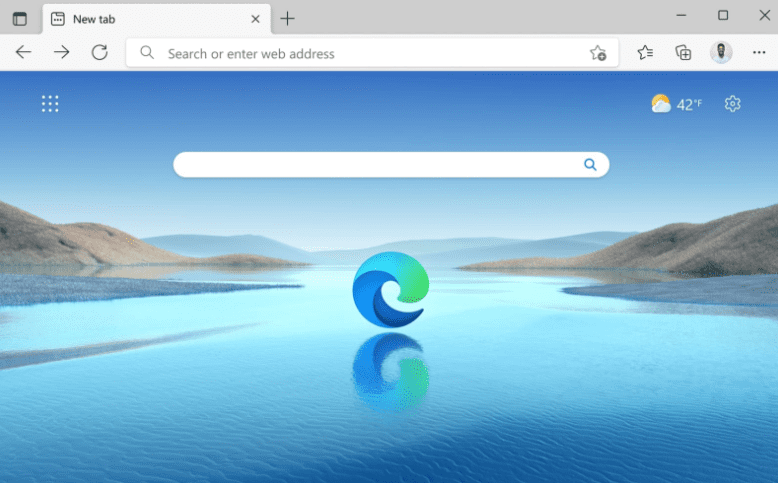The Internet is a vast expanse, always evolving and always demanding its software to keep pace. At the heart of this digital realm for many of us is the browser, our window to the World Wide Web. And for a significant portion of the world, that window is Chrome. Ever wondered what powers this widely used browser and its sibling, ChromeOS? The answer is Chromium.
A sneak peek into Chromium
Chromium is like the big brother you didn’t know Chrome had. It’s the open-source web browser project that forms the foundation for the Chrome web browser, and by extension, ChromeOS. Any major change in Chromium will inevitably trickle down to Chrome and ChromeOS. But let’s begin by understanding the core difference.
Chromium Browser vs. Google Chrome: Chromium is raw, unpolished, and open-source. It’s like the unfinished sculpture from which the masterpiece arises. Google Chrome, on the other hand, is the polished version, refined and equipped with added features like automatic updates, integrated Flash Player, and a slew of proprietary codecs for media playback.
A personal note here: I’ve always been fascinated by open-source projects. They’re a testament to human collaboration and innovation. While I adore Chrome for its sleekness, there’s something alluring about Chromium’s raw potential.
ChromiumOS vs. ChromeOS: Similarly, while ChromiumOS is the open-source version of ChromeOS, the latter comes with the additional proprietary firmware and features to enhance user experience.
How changes in Chromium impact its descendants

Chromium Browser
When Chromium gets an update, it’s like a stone thrown into a pond. The ripples affect everything else in the ecosystem. Here’s how:
Security Updates: This is perhaps the most critical part. As threats to online security evolve, so must our defenses. When vulnerabilities are identified in Chromium, they are patched, leading to security updates in Chrome and ChromeOS. I remember reading about a crucial security flaw in Chromium once, and in just a matter of days, my Chrome browser was updated. The speed and efficiency of this transition always amaze me.
Feature Additions: Features often get tested in the Chromium playground. If they’re effective and users like them, they stand a good chance of making it to Chrome. For instance, the tab grouping feature, which I personally love for its organization capabilities, originated in Chromium.
Performance Tweaks: Everyone loves a speedy browser. If Chromium engineers come up with a way to make page loading faster or reduce the memory footprint, those changes would make their way into Chrome, ensuring that users get the best performance possible.
User Interface (UI) Changes: While I am not a huge fan of constant UI changes (just when you get used to one, another comes along!), they are a reality. Any design changes tested and approved in Chromium would be reflected in Chrome.
Under-the-hood Technology Changes: These might not be immediately visible to users but can affect web developers significantly. For instance, changes in how Chromium handles JavaScript or renders web pages can influence how websites are designed.
Personalized features in Chrome and ChromeOS

ChromeOS desktop
While Chrome and ChromeOS inherit a lot from their open-source counterpart, they also get some personalized touches:
- Branding and Customization: Chrome comes with Google branding, and the ability for businesses to customize it further. Chromium lacks these.
- Media Codec Support: If you’ve ever wondered why some videos play smoothly in Chrome but not in Chromium, the answer lies in the proprietary media codecs that Chrome ships with.
- Auto-update Feature: One of my favorite Chrome features is its seamless updates. With Chromium, you’re on your own to keep it updated.
- Flash and PDF Support: Google Chrome has integrated support for Adobe Flash (though it’s dead, but not gone) and PDF viewing. Chromium doesn’t offer these out-of-the-box.
- Enhanced Security and Support: Google provides additional security features and better support for Chrome and ChromeOS, which isn’t always the case with their open-source counterparts.
The broader perspective

Microsoft Edge Browser
Chromium’s influence doesn’t stop at just Chrome and ChromeOS. Many other browsers, like Microsoft’s Edge and Opera, are based on the Chromium engine. So, the ripple effect of any change in Chromium is vast and wide-reaching.
However, there are some criticisms too. Some developers feel that Google’s dominance in the browser space, thanks to Chromium’s widespread adoption, isn’t suitable for the web’s overall health. They argue that it leads to reduced diversity and a potential stagnation in innovation.
Personally, while I appreciate these concerns, I believe that as long as the core principles of the open web are adhered to, the benefits outweigh the potential drawbacks. After all, collaboration often leads to rapid and meaningful innovation.
Wrapping up
The relationship between Chromium, Chrome, and ChromeOS is a dynamic one. It’s a dance of evolution, with Chromium leading the steps. Every feature tested, every vulnerability patched, and every performance tweak made in Chromium has the potential to shape our experiences in Chrome and ChromeOS.
And as someone who spends a considerable amount of time online (don’t we all these days?), I find it essential to understand and appreciate the nuances of this relationship. It’s like getting a sneak peek into the kitchen of your favorite restaurant. You begin to appreciate the dish on your plate a little more, knowing the craftsmanship and thought that went behind it.
The next time you fire up Chrome or use a ChromeOS device, spare a thought for Chromium, the unsung hero working tirelessly behind the scenes. It’s shaping the digital experiences for millions, one update at a time.
